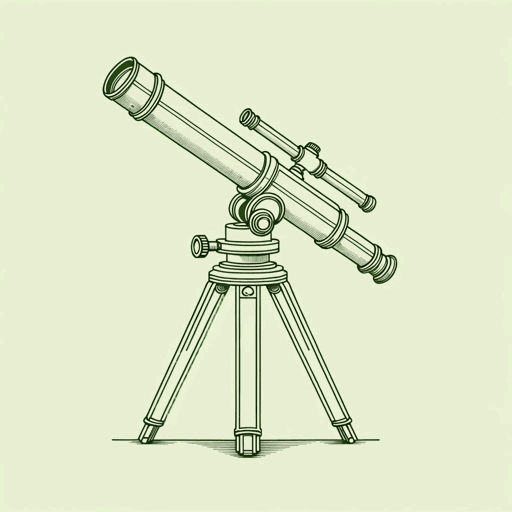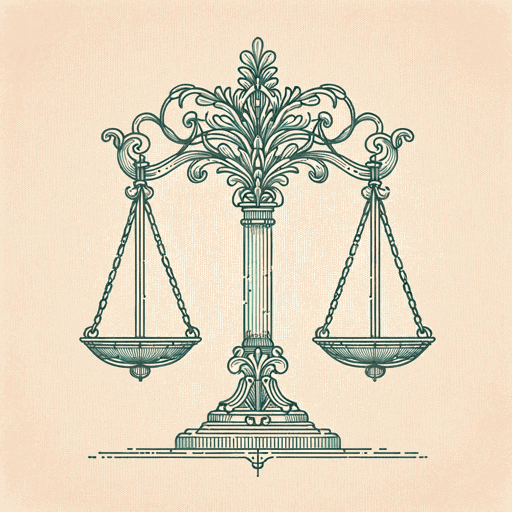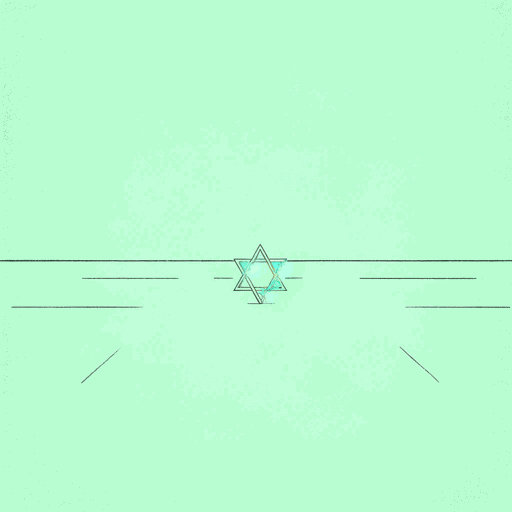68 pages • 2 hours read
Hannah ArendtThe Human Condition
Nonfiction | Book | Adult | Published in 1958A modern alternative to SparkNotes and CliffsNotes, SuperSummary offers high-quality Study Guides with detailed chapter summaries and analysis of major themes, characters, and more.
Part 2Chapter Summaries & Analyses
Part 2: “The Public and the Private Realm”
Chapter 4 Summary: “Man: A Social or a Political Animal”
The title of the chapter refers to what Arendt considers a mistranslation of Aristotle’s ancient Greek definition of the human being as a “political animal” (zōon politikon) into Latin as “social animal” (animal socialis). For Arendt, this common misinterpretation of Aristotle’s famous formulation obscures the crucial divide between the political and social in the ancient Greek city-state or polis. This distinction will be fundamental to her contrast between the public and private spheres in Part 2.
According to Arendt, for the ancient Greeks, the political realm was understood as the opposite of the social realm. Unlike the political, the social was viewed as a natural component of human life also exhibited by other animals (24). Arendt reduces the social to the domestic sphere of the family, that is, the private realm of necessary labor performed by women and slaves. By contrast, political life consists in the two essential human activities not evinced by other animals: action (praxis) and speech (lexis). As the polis evolved throughout antiquity, Arendt argues that speech overtook action in importance: “To be political, to live in a polis, meant that everything was decided through words and persuasion and not through force and violence” (26).
Related Titles
By Hannah Arendt




